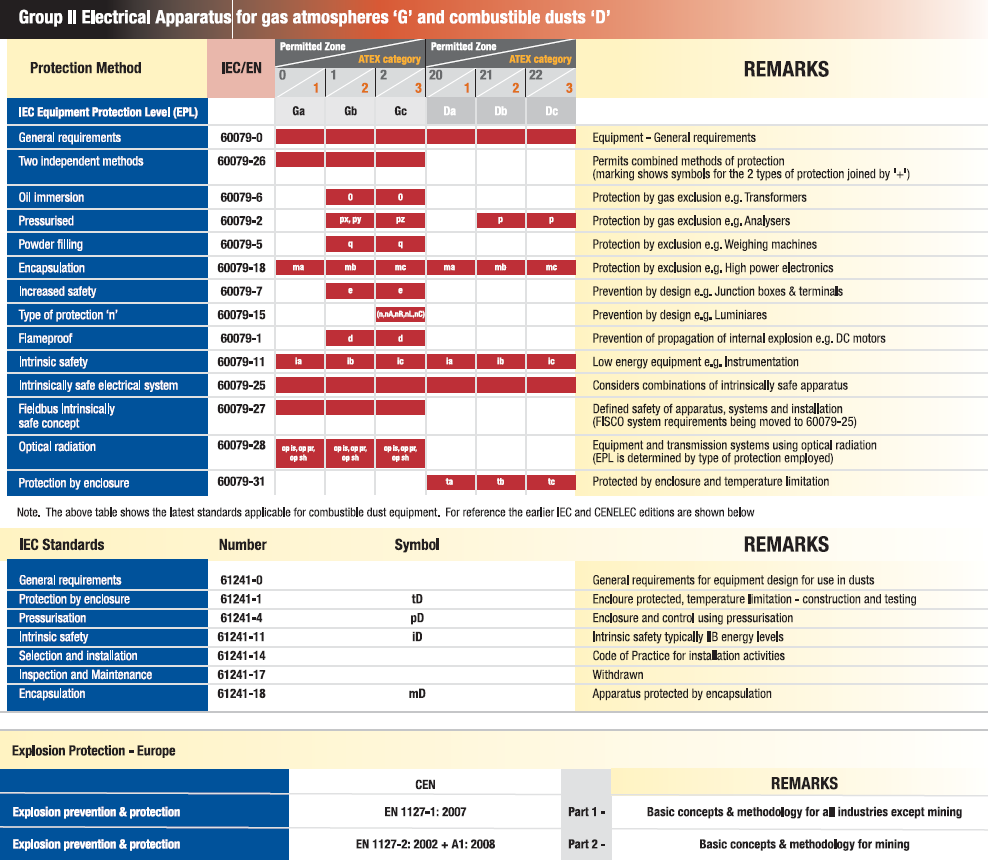Intrinsic safety is one approach to assuring safety (limiting the energy the device can possibly release to guarantee no ignition for a specific class of hazard). Intrinsic safety limits can be exceeded by the presence of a small capacitor, long wires etc. That can be extremely restrictive in terms of what is permitted, but it can allow wiring from non-intrinsically safe devices such as computers to sensors placed in hazardous areas to be placed in the open, provided they are passed through an approved (for the class of hazard) intrinsic safety barrier- a very reliable redundant terminal strip block type of device that will never let dangerous energy through, so unless the devices on the other side of the barrier do something prohibited like store more than a tiny amount of energy they are intrinsically safe. A practical example of this might be a thermocouple connected through a barrier to a computer in a control room. Even if the computer fails and puts 240VAC on the thermocouple inputs relative to ground, the barrier will prevent that from getting to the hazardous location (methods used are redundant Zeners, fuses, series impedance etc.)
Another approach is to put the device into an approved ( for the type of hazard ) explosion-proof housing. Such a housing is designed to not rupture if the gas inside explodes (to contain the explosion), and to only release gases that are sufficiently cooled so that it will not act as an ignition source itself.
Another approach is to put the device in a housing that is maintained constantly at a positive pressure with a purge air inlet, and that condition is continuously monitored.
There are established IEC 60079 and CSA 22.2 etc. classes for different types of hazardous gases and powder explosion hazards (acetylene and hydrogen are worst, IIRC, and ordinary baking flour can explode). Find out what class, category, division, zone etc. you must conform to and comply 100% with the requirements using only approved devices (or 'simple' things like RTDs or thermocouples) to guarantee safety, as determined by a licensed Professional Engineer who is willing to sign off on the choices. It's way too expensive to get approvals for a one-off, so the housing method may have to be used if you can't find rated devices.


